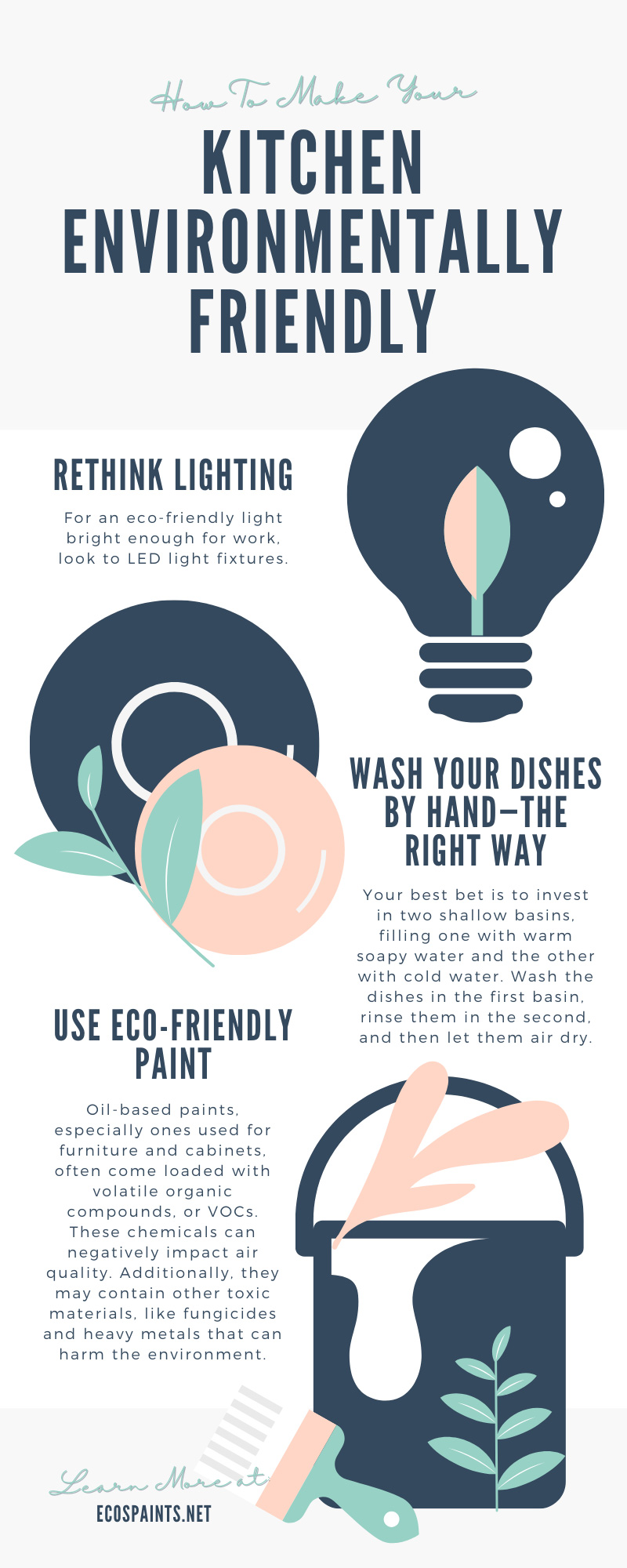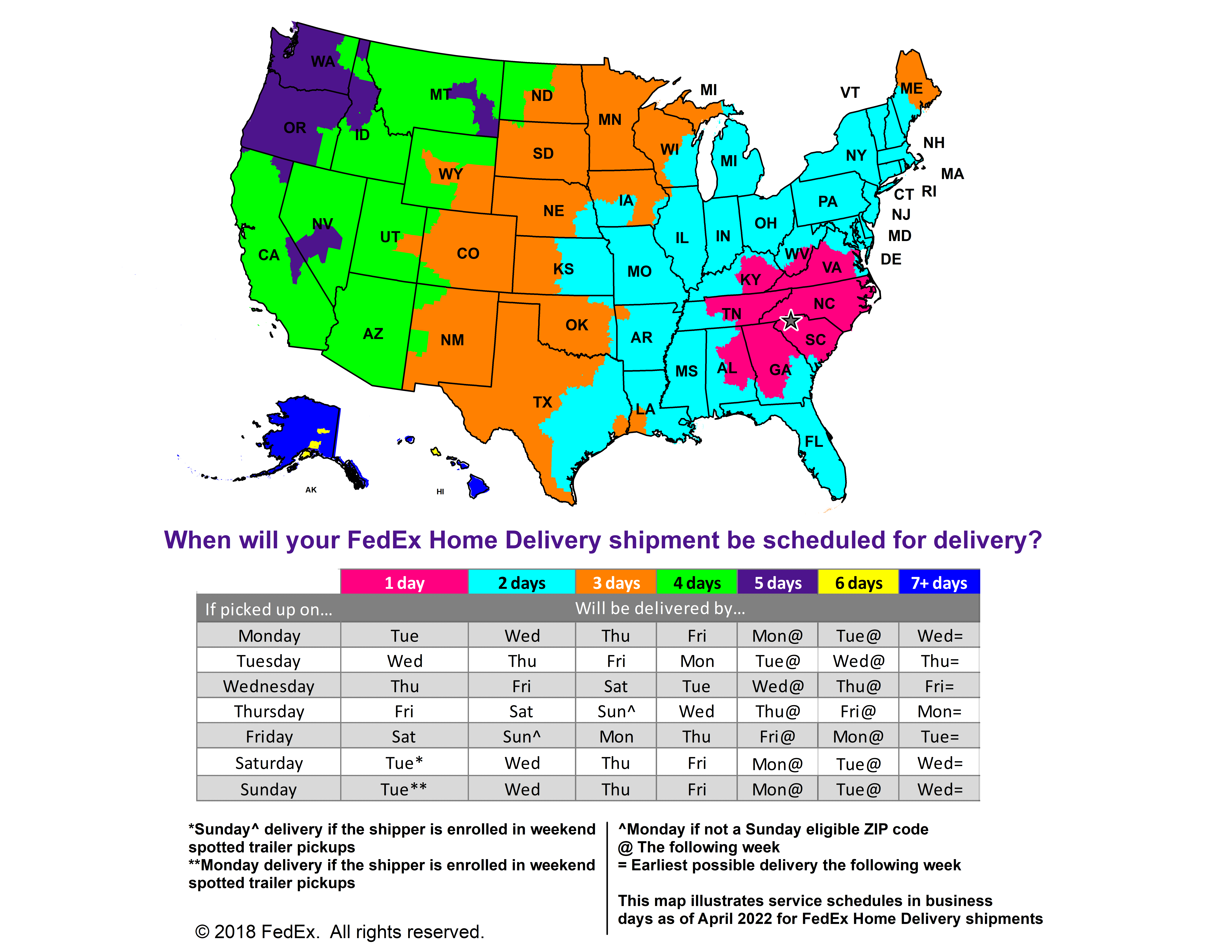How To Make Your Kitchen Environmentally Friendly

According to the U.S. Energy Information Administration, the average American household uses approximately 10,649 kilowatt-hours annually. For context, one kilowatt-hour can toast 160 slices of bread or blend 200 smoothies. Our kitchens amount to one of the worst household drains on energy, as well as one of the top sources of waste nationwide.
Fortunately, we don’t have to resign ourselves to hurting our planet every time we cook a meal. All it takes is learning how to make your kitchen more environmentally friendly.
Fridge
Buy an Energy Efficient Fridge
The average refrigerator uses about 390 kWh of power, and even more if it has a built-in ice maker. This extra energy use costs you as a homeowner. Instead of pouring more money into a less energy-efficient product, you can use the money to invest in an eco-friendlier refrigerator. Energy Star-certified refrigerators use 10 percent less energy than their competitors and will use even less if you can find a smaller fridge.
Don’t Leave the Door Open
Maybe a child got distracted in the middle of choosing a snack or your spouse is having a tough time deciding what they want for dinner. Or maybe you’re leaving it open while you pull all your ingredients out. But the more you leave your fridge open, the more energy it uses, as it’ll attempt to cool a larger area and keep the lightbulb on.
Let Leftovers Cool Before Putting Them Away
After spending lots of effort cooking dinner, the last thing anyone wants is to spend a long time on cleanup. But resist the urge to toss your piping-hot leftovers directly into the fridge. Just like how your AC has to work harder to keep your house cool on a hot day, your fridge has to work harder to cool still-hot food. Let your food sit out until it cools down, and then put it away.
Dishes
Wash Your Dishes by Hand—the Right Way
Dishwashers are incredibly convenient. But they guzzle up both energy and water, making them less than sustainable. But leaving the faucet running while you wash a sink full of dishes isn’t exactly great for the environment either.
Your best bet is to invest in two shallow basins, filling one with warm soapy water and the other with cold water. Wash the dishes in the first basin, rinse them in the second, and then let them air dry.
Use the Dishwasher Correctly
If you really can’t get around using a dishwasher, you can do some things to make the experience less costly to the environment. A few ideas you can try include:
- Buying an energy-efficient dishwasher
- Only running the dishwasher when it’s completely full
- Turning off the pre-load rinse function
- Opting out of the heated-dry setting
- Looking for eco-friendly dish detergents
Choose Eco-Friendly Single-Use Dishes
When you have company over for dinner, you may want to skip doing dishes altogether. Thanks to new eco-friendly products, you can do that without worrying about plastic cutlery or Styrofoam plates ending up in a landfill. You can get plates and flatware made out of fallen areca palm leaves—a natural resource that's biodegradable. That way, you can rest from doing dish duty and feel good about it.
Décor
Rethink Lighting
Lighting is more important in the kitchen than in many other rooms in the house. Without sufficient light, it’s difficult to see whether produce is spoiled or if you’ve added enough seasoning to your meat. For an eco-friendly light bright enough for work, look to LED light fixtures.
But a kitchen isn’t just a work space. It may also be the scene of a relaxing meal with someone special. In those moments, you may not need your lights at full blast. For this, dimmer switches are ideal. And along with setting the tone for your evening, they also allow you to use less energy for lighting.
Pick Eco-Friendly Flooring Options
When we think about ways to make our kitchen environmentally friendly, our thoughts usually turn to electronics first. But everything in our kitchen uses resources, and some resources aren’t as renewable as others. For instance, wood flooring is made from a renewable resource, but trees grow slowly, making them less sustainable. If you’re looking for eco-friendly floor options for your kitchen, consider:
- Linoleum
- Bamboo
- Sealed concrete
- Cork
- Laminate flooring
This isn’t to say you have to avoid wood flooring altogether. Pine, reclaimed hardwood, and engineered hardwood also offer a beautiful finish to your flooring while being more sustainable.
Invest in High-Quality Furniture
We’ve developed ways to build furniture quicker and more cheaply, and this has led to a rise in low-quality pieces made for short-term use. Choosing high-quality furniture will ensure you have a piece that won’t end up in the garbage dump a few years down the line.
Opt for Decorative Terry Cloth Dish Towels
Tea towels are a little detail we find in almost every kitchen. They add a little spark of character to the space. But these towels don’t have to be merely decorative. By choosing dishcloths made of terry cloth, you’ll have towels that are more effective at picking up spills or drying dishes. That means you can use fewer paper towels.
Check Out Resale for Accessories
For those with themed kitchens, accessories are the factor that brings the theme home. When you head out to look for ways to spruce up your kitchen, try visiting consignment and antique shops before hitting the big-name stores. The idea is to reuse things instead of getting something new. On top of that, you’ll find truly unique items you can’t get anywhere else.
Use Eco-Friendly Paint
Oil-based paints, especially ones used for furniture and cabinets, often come loaded with volatile organic compounds, or VOCs. These chemicals can negatively impact air quality. Additionally, they may contain other toxic materials, like fungicides and heavy metals that can harm the environment.
ECOS Paints’ collection of zero VOC* furniture paint is water-based and contains more sustainable ingredients. Unlike conventional paints, our paints won’t negatively impact your home’s air quality. We believe you shouldn’t have to choose between a beautiful and user-friendly kitchen and protecting our world.
*Zero VOC - Conforms to CDPH 01350 (VOC emissions test taken at 11, 12, & 14 days for classroom and office use).



























